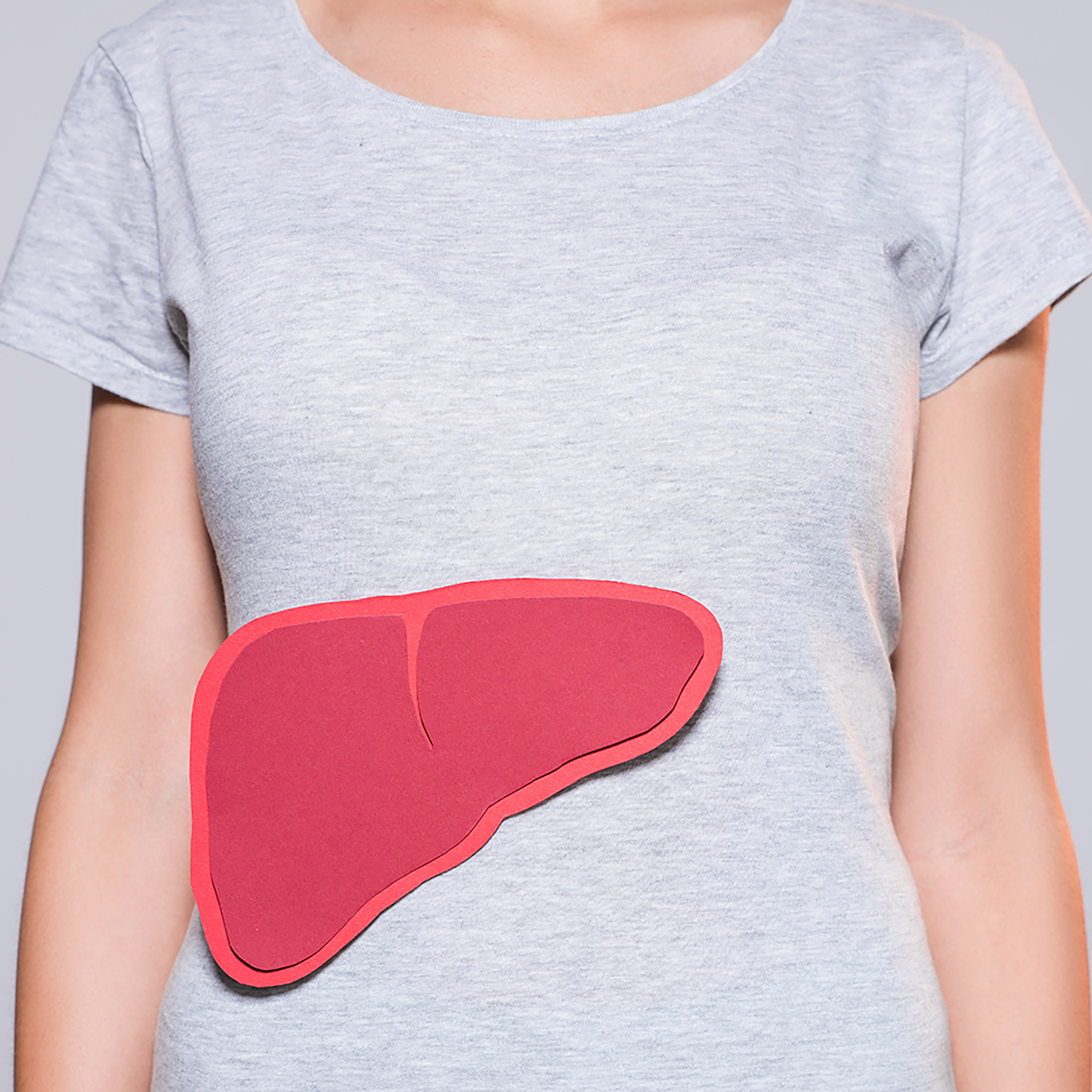
By: Devon C.
Year: 2021
School: Arnold O. Beckman High
Grade: 9
Science Teacher: Philip Chow
In this study, Devon aimed to demonstrate that machine learning (ML) can be used as an effective tool to help predict non-alcoholic fatty liver disease (NAFLD) associated liver fibrosis (LF).
Materials and Methods: Multiple ML models were trained and tested, including logistic regression (LR), random forests (RF), and artificial neural networks (ANN), to predict NAFLD-associated LF using the 2017-2018 NHANES dataset. 2099 subjects without significant alcohol intake and with CAP scores >= 274 dB/m on Fibroscan® were selected. Clinically significant LF was defined as LSM score >= 8.2 kPA (>= F2) on Fibroscan. Ten variables with the highest absolute Pearson correlation coefficients to LSM were chosen to train the models. 80% of the cohort was used for training, and 20% was used for testing. Sensitivity, specificity, accuracy, and area under receiver operating curve (AUC) of our ML models were compared to those of Fibrosis-4 index (FIB-4) using a threshold of >= 1.45 (>= F2).
Results: LR and ANN had higher sensitivity than RF (p < 0.5). Specificity and accuracy of RF were higher than LR and ANN (p < 0.5). All ML models had higher sensitivity and AUC than FIB-4 (p < 0.5). FIB-4 had higher specificity than all ML models (p < 0.5).
Conclusion: All ML models performed better than FIB-4 at predicting LF in our cohort. Among the ML models, LR and ANN were better than RF at identifying patients with LF. If trained on a balanced and larger dataset, ML could effectively identify NAFLD patients with LF for population health management.
Results: LR and ANN had higher sensitivity than RF (p < 0.5). Specificity and accuracy of RF were higher than LR and ANN (p < 0.5). All ML models had higher sensitivity and AUC than FIB-4 (p < 0.5). FIB-4 had higher specificity than all ML models (p < 0.5). Therefore, all ML models performed better than FIB-4 at predicting LF in the cohort. Among the ML models, LR and ANN were better than RF at identifying patients with LF. These results indicate that ML models performed better than FIB-4 at predicting NAFLD-associated LF in the cohort. Among the ML models, LR and ANN performed better than RF at identifying patients with NAFLD-associated LF. Based on these performances, it is believed that ML models could effectively be used to screen NAFLD patients for LF in population health management.
